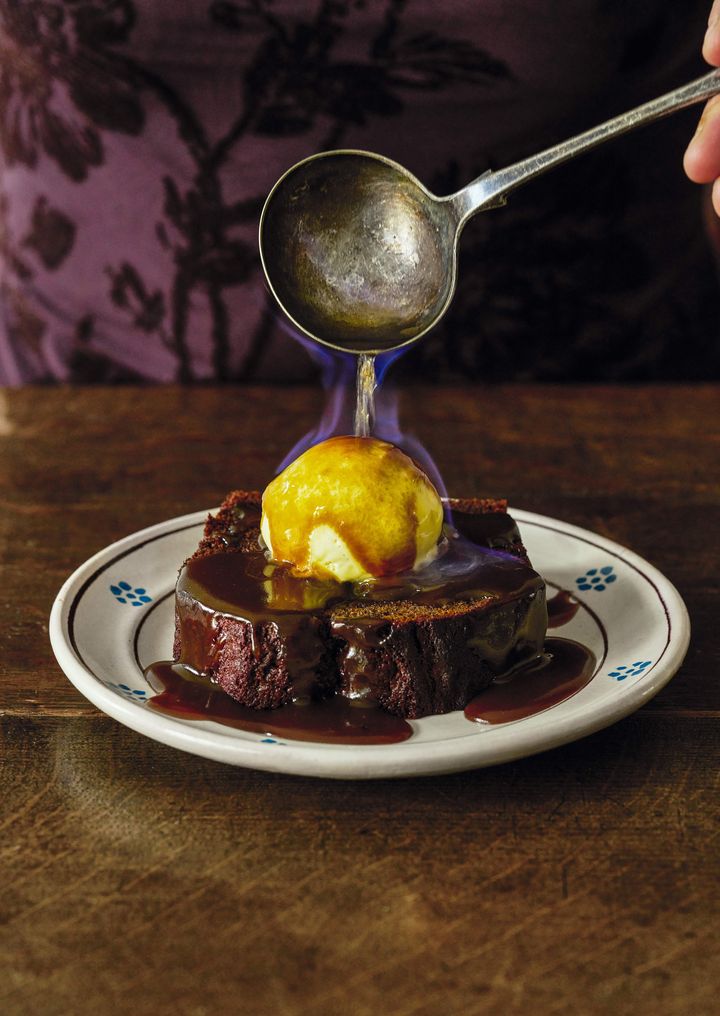A new study shows how individual brain cells in the hippocampus respond to pronouns. "This may help us unravel how we remember what we read," say the authors. Their research is published in the journal Science .
Read the following sentence: "Donald Trump and Kamala Harris walked into the bar, she sat down at a table." We all immediately know that it was Kamala who sat at the table, not Donald. Pronouns like "she" help us to understand language, but pronouns can have multiple meanings.
Depending on the context, we understand who the pronoun is referring to. But how is it that we are so good at this, and how does our brain link pronouns with their nouns? To answer this question, an international team of neuroscientists, neurosurgeons, and neurologists joined forces. Doris Dijksterhuis and Matthew Self from Pieter Roelfsema's group looked together with their colleagues at the brain activity of patients with epilepsy.
As part of their treatment, these patients were implanted with depth electrodes in their hippocampus, a brain area involved in learning and memory. The research team took advantage of this and conducted additional tests with them. "We can measure the activity of individual brain cells in the hippocampus while the patient performs a task," says Matthew Self.
"In the hippocampus, there are cells that respond to a specific person, so-called 'concept cells.' A well-known example is the 'Jennifer Aniston cell,' which becomes active when you see a photo of Jennifer Anisto.


















